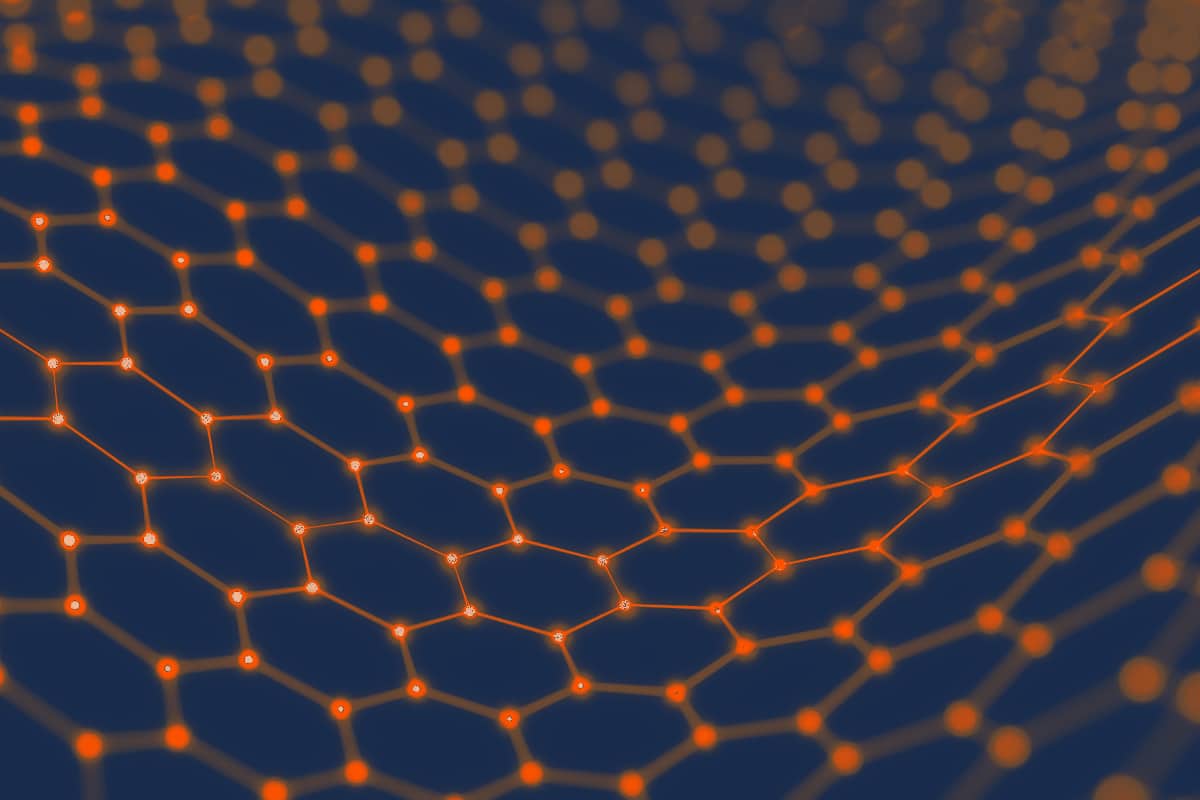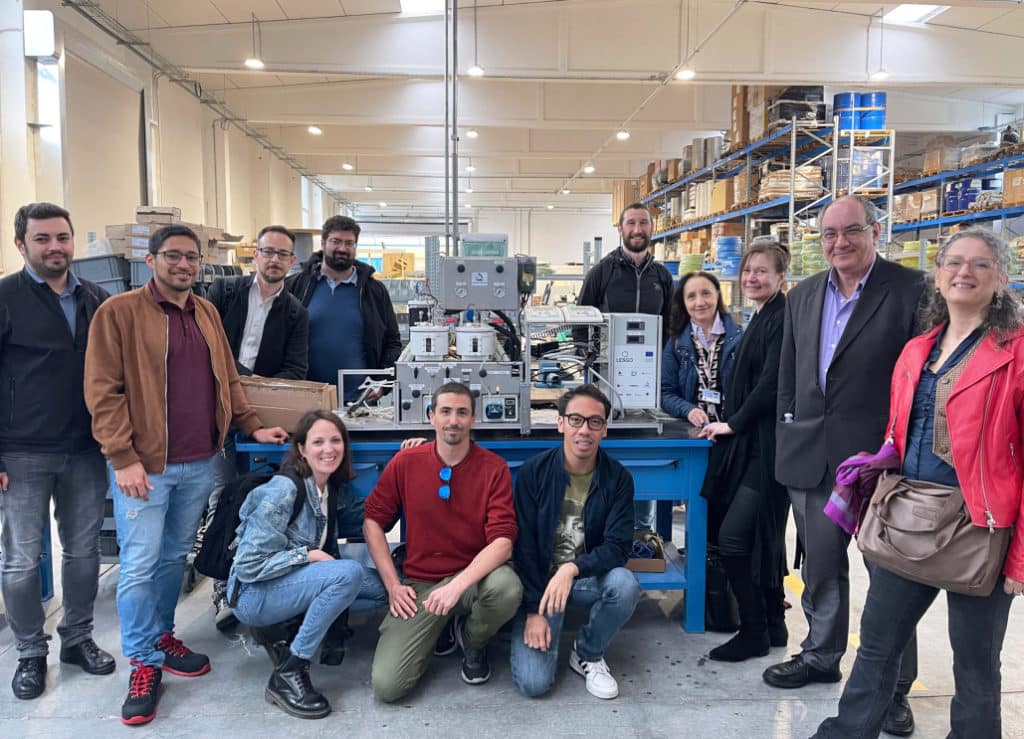
The LESGO project has demonstrated that graphene-based materials, such as graphene oxide, can securely store hydrogen using an energy-efficient loading process. Led by the ICFO institute and involving partners such as Cnr Nano, the Italian branch of Hysystech and FIAT Reserach Center, the LESGO project was funded under the EU's Horizon 2020 program and completed in May 2024. It developed a flow cell electrolyzer for efficient hydrogen storage and recovery through thermal, photon-induced, and fuel-cell methods.
Key achievements include enhancing hydrogen binding to graphene oxide by developing a hybrid anode using iron-nickel nanoparticles. The team also created a lab-scale flow cell to reduce graphene oxide and built a prototype equipped with real-time monitoring and solar cells. Promising results were achieved in hydrogen release and electricity generation, although further optimization is needed.
The Cnr Nano, as partner of the consortium, significantly contributed to the modeling work package. Through multi-scale simulations of the hydrogenation and dehydrogenation processes of graphene and reduced graphene oxide, Valentina Tozzini and colleagues from Cnr Nano assisted the experimental studies and provided guidance on optimizing the structure and composition of materials and their metallic substrates for improved hydrogen absorption and desorption.
"Through these comprehensive efforts, LESGO is paving the way for advancements in hydrogen storage, with the potential to revolutionize energy systems and contribute significantly to sustainable energy solutions, especially for the electric vehicles industry, finding that it could enhance the prospects of mobility based on the fuel cell technology", LESGO team says.
Looking ahead, the LESGO team plans to explore the production of energy-dense liquid fuel from graphene oxide and potential market applications.

| Cookie | Duration | Description |
|---|---|---|
| cookielawinfo-checkbox-analytics | 11 months | This cookie is set by GDPR Cookie Consent plugin. The cookie is used to store the user consent for the cookies in the category "Analytics". |
| cookielawinfo-checkbox-functional | 11 months | The cookie is set by GDPR cookie consent to record the user consent for the cookies in the category "Functional". |
| cookielawinfo-checkbox-necessary | 11 months | This cookie is set by GDPR Cookie Consent plugin. The cookies is used to store the user consent for the cookies in the category "Necessary". |
| cookielawinfo-checkbox-others | 11 months | This cookie is set by GDPR Cookie Consent plugin. The cookie is used to store the user consent for the cookies in the category "Other. |
| cookielawinfo-checkbox-performance | 11 months | This cookie is set by GDPR Cookie Consent plugin. The cookie is used to store the user consent for the cookies in the category "Performance". |
| viewed_cookie_policy | 11 months | The cookie is set by the GDPR Cookie Consent plugin and is used to store whether or not user has consented to the use of cookies. It does not store any personal data. |